Proper soil drainage is essential for healthy plant growth, preventing issues like root rot, nutrient deficiencies, and stunted development. By understanding and improving soil drainage, gardeners can create an optimal environment for their plants to thrive.
Improve Soil Drainage with Perlite
Understanding Soil Drainage
Soil drainage refers to the soil's ability to allow water to move through it. Well-draining soil strikes a balance between retaining moisture and providing sufficient aeration for roots. Poor drainage can lead to waterlogged conditions, depriving roots of oxygen and fostering fungal diseases.
How to Test Your Soil's Drainage
Perform a percolation test by digging a 12-inch hole, filling it with water, and timing its drainage rate.
Improving Soil Drainage
- Incorporate Organic Matter: Compost, coconut coir, or aged manure enhances soil structure.
- Use Soil Amendments: Perlite and Rice Hulls improve aeration and drainage.
- Create Raised Beds: Elevated planting areas help water drain effectively.
- Install Drainage Systems: French drains or perforated pipes redirect water from flooded areas.
Selecting Plants for Different Drainage Conditions
- Well-Drained Soils: Most vegetables, herbs, and flowers.
- Poorly Drained Soils: Ferns, willows, and ornamental grasses.
- Rapidly Draining Soils: Succulents, lavender, and rosemary.
Maintaining Good Soil Drainage
- Prevent soil compaction by avoiding heavy foot traffic in planting areas.
- Continuously add organic matter to enhance soil structure.
- Use mulch to regulate moisture and prevent erosion.
Explore our full collection of perlite varieties.

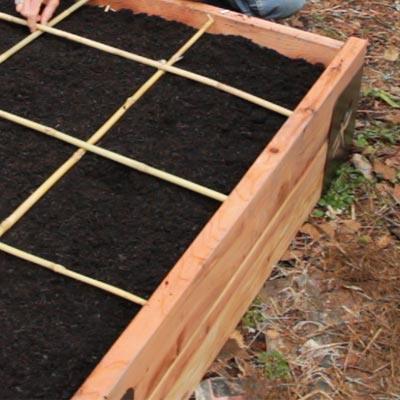


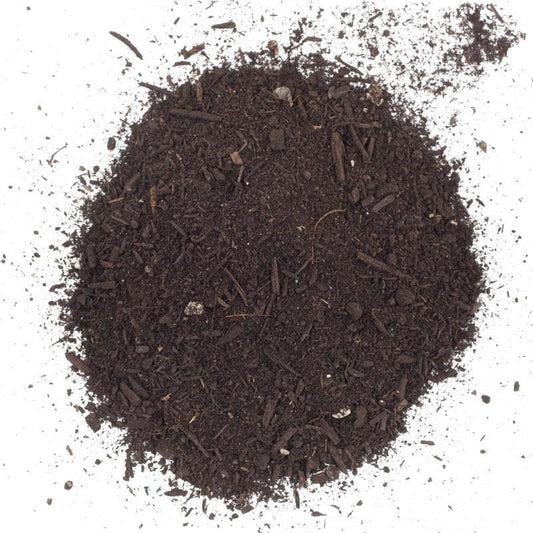
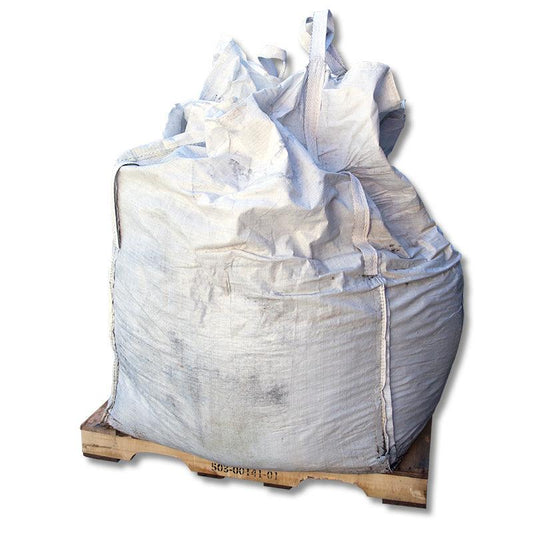
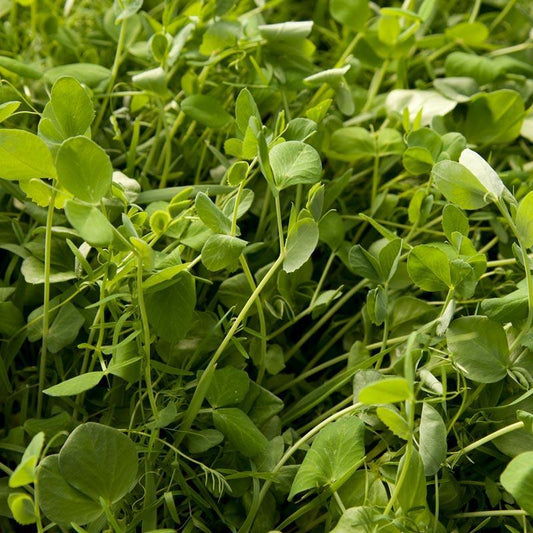
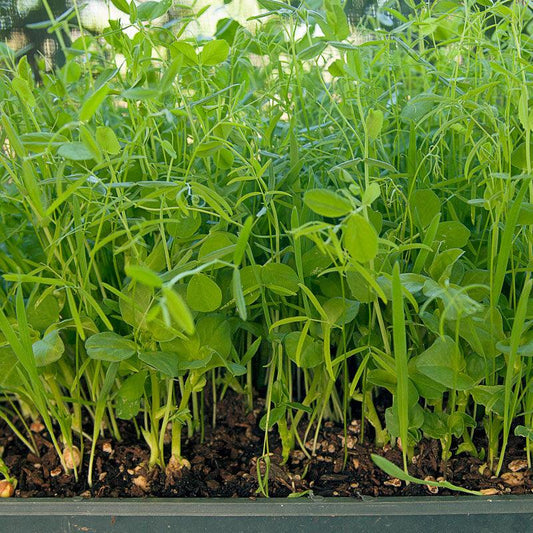
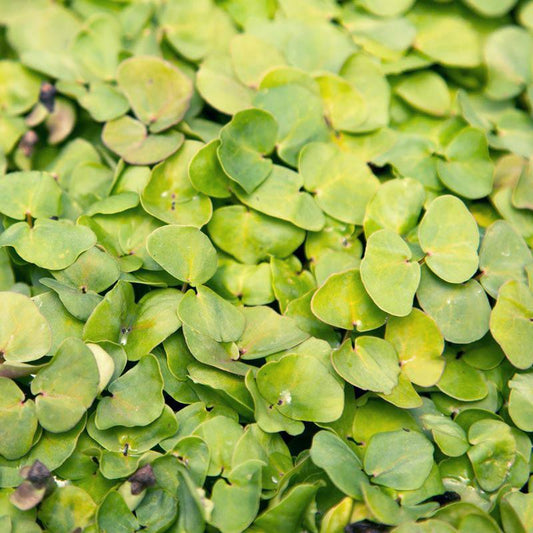
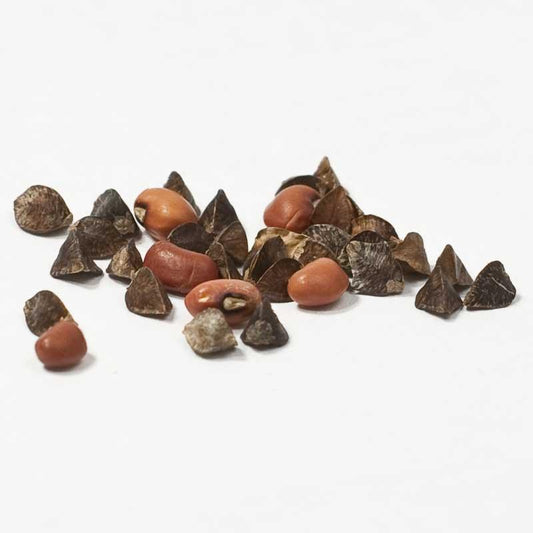
1 comment
Staff,
I am curious what reference text are you citing when you state that “good drainage” for growing is between 2 inches and 6 inches per hour? I have been reviewing U.S. internet sources over the last week or so for scientific references to back this up, as I previously knew that about 4 inches per hour was considered “good”, but had no references to back up my own claim. Arboriculture 4th edition says 0.5 inches per hour perc rate is the minimum required, but that is for ornamental tree culture as opposed to edible fruit tree culture.